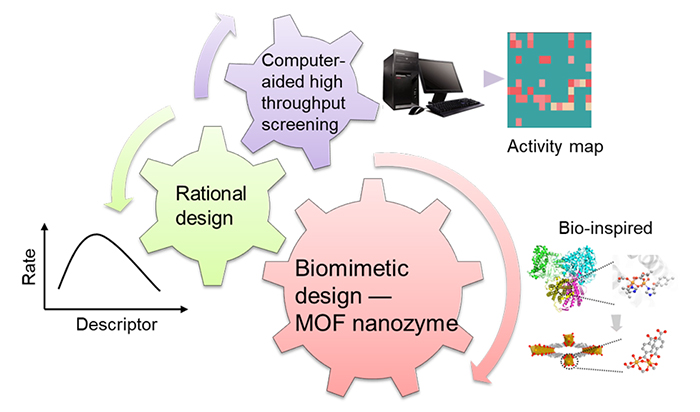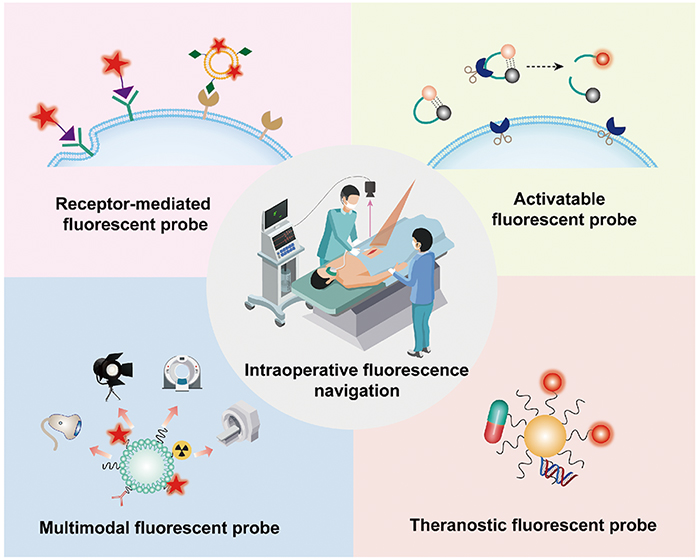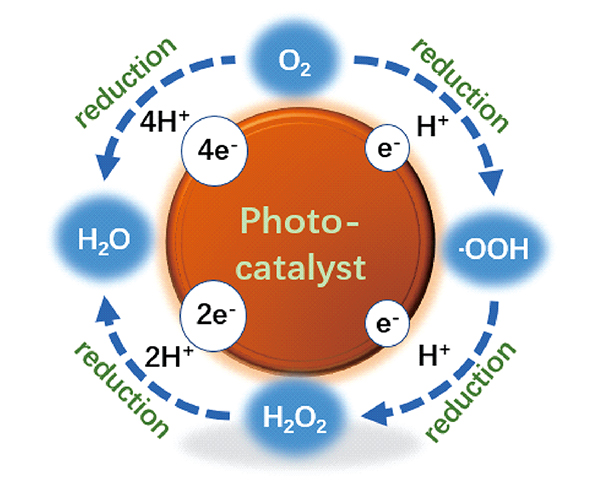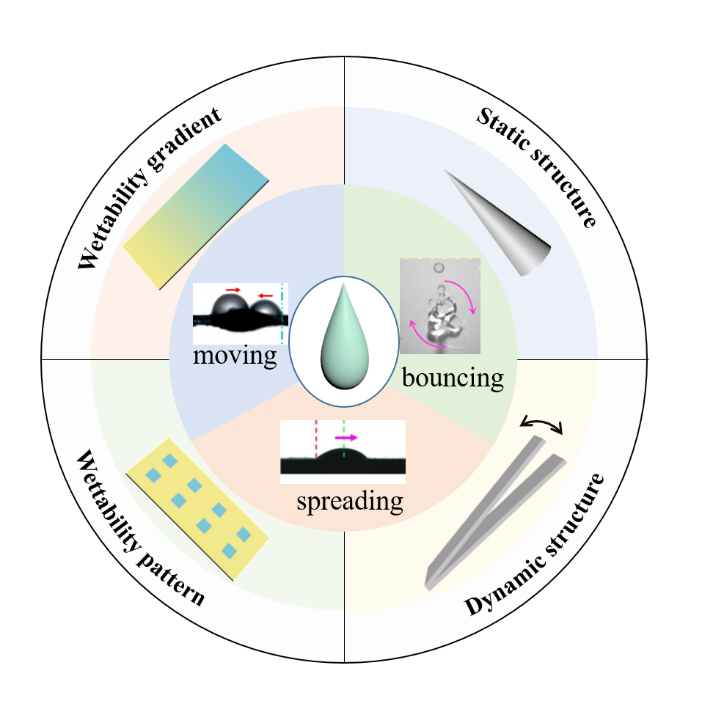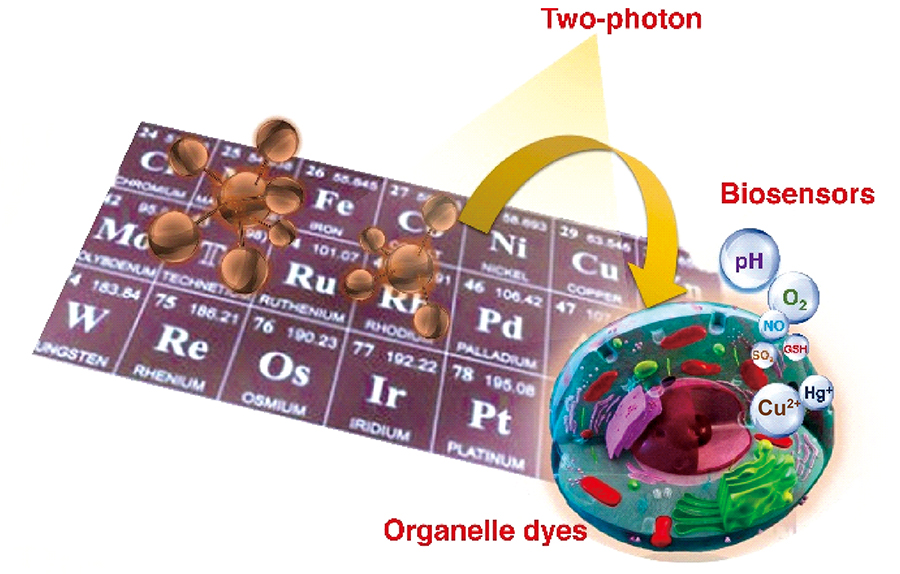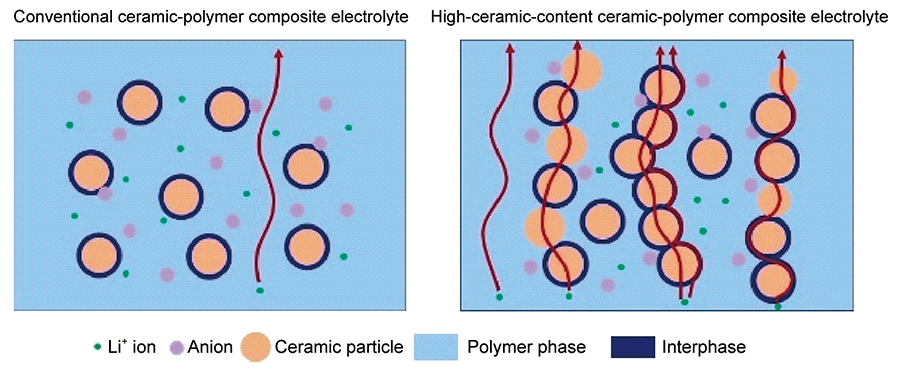Shan Guo, Xiang Zhou. Detection of Circulating Tumor Cell in Vivo:Technology and Application[J]. Progress in Chemistry, 2021, 33(1): 1-12.
Cancer cells that shed from solid tumor and circulate into bloodstream, namely circulating tumor cells(CTCs), are closely related to tumor metastasis. Therefore, CTCs detection is of great significance for cancer diagnosis, treatment monitoring, disease assessment and understanding of the mechanisms underlying tumor metastasis. However, CTCs are extraordinarily rare, heterogeneous, nonuniform in blood. Even if strategies for detection of CTCs in static blood collected from patients have made significant progress, they still face the tumor cell loss, cell death, low fidelity, and low sensitivity. It is essential to develop approaches available for detection of tumor cells in fast-flowing blood, allowing real-time monitoring of CTC dynamic changes under physiological conditions. In this review, we summarize techniques developed for CTC detection in vivo and their related applications. Furthermore, the advantages and disadvantages of these techniques are analyzed. Finally, future techniques for detection of CTCs in vivo are discussed and predicted.
1 Introduction
2 Detection of circulating tumor cells(CTCs) in vivo
2.1 Optical imaging-based CTC detection in vivo
2.2 In vivo flow cytometry-based CTC enumeration
2.3 Scaffold implant-based CTC recruiting in vivo
2.4 Intravenous indwelling device-based CTC capture in vivo
2.5 Microfluidic chip-based CTC detection in vivo
3 Conclusion and outlook












